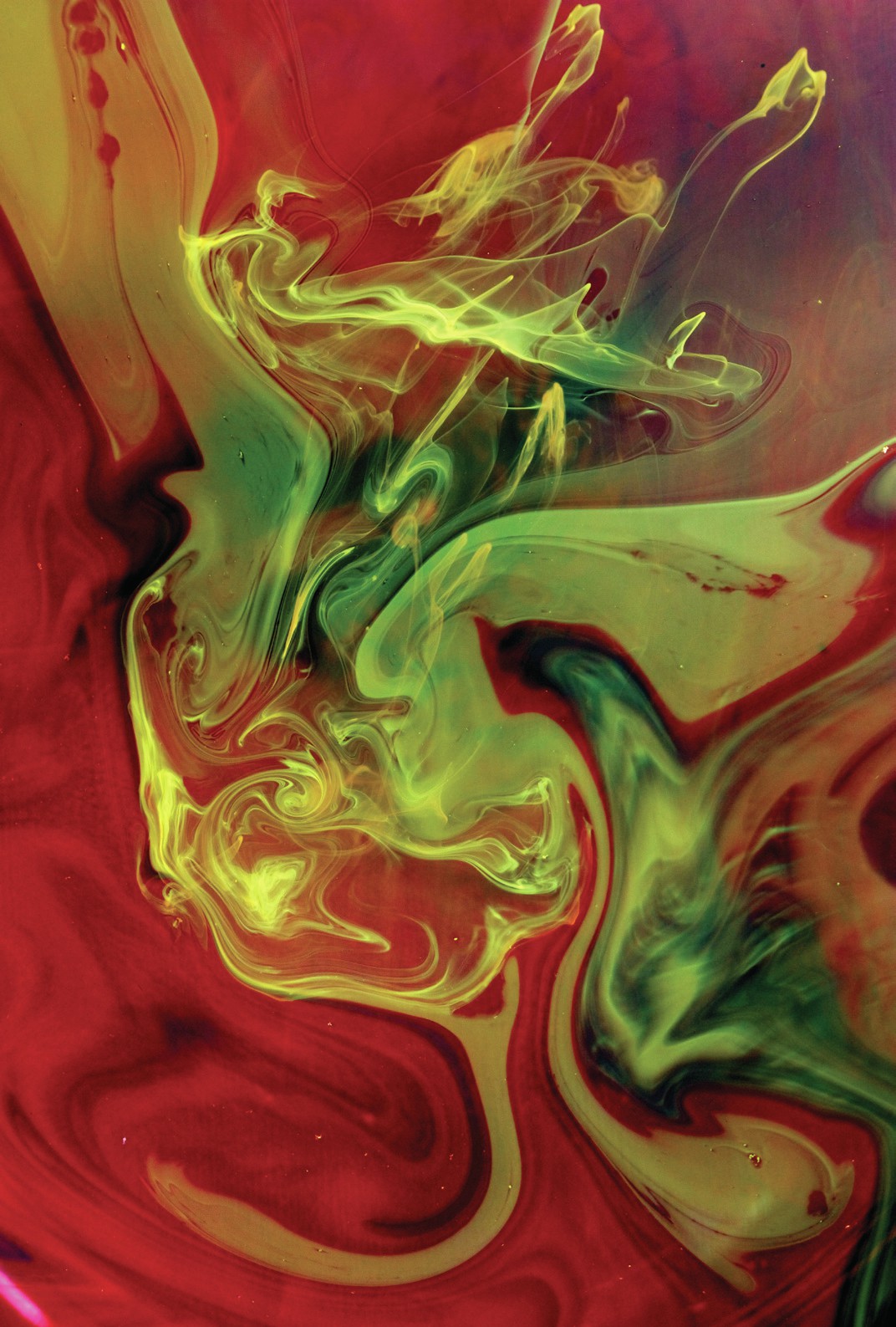
The ‘inksplosions’ (1) created by artist Pery Burge (2) reveal some of the beautiful complexities of fluid flow. To create the inksplosions, the artist places a tiny drop of oil-based paint on a calm water surface, and then gradually adds ink until the paint platform dips and allows the ink to spread into the water. She captures the rapid movement with a series of high-speed photographic images.
The way a fluid (liquid or gas) flows is governed by its density and its viscosity. Viscosity is a measure of the ‘runniness’ of a fluid: the greater the viscosity, the less easily the fluid flows. Liquid viscosities can be compared and measured by timing the flow over a measured distance. The Ostwald viscometer (3) is widely used, for example in the motor trade for checking the viscosity of engine oils. The faster the fluid drains from the upper reservoir, the lower its viscosity. Viscosity can be measured using Stokes’s law and a falling-ball viscometer (4, 5).
Your organisation does not have access to this article.
Sign up today to give your students the edge they need to achieve their best grades with subject expertise
Subscribe




